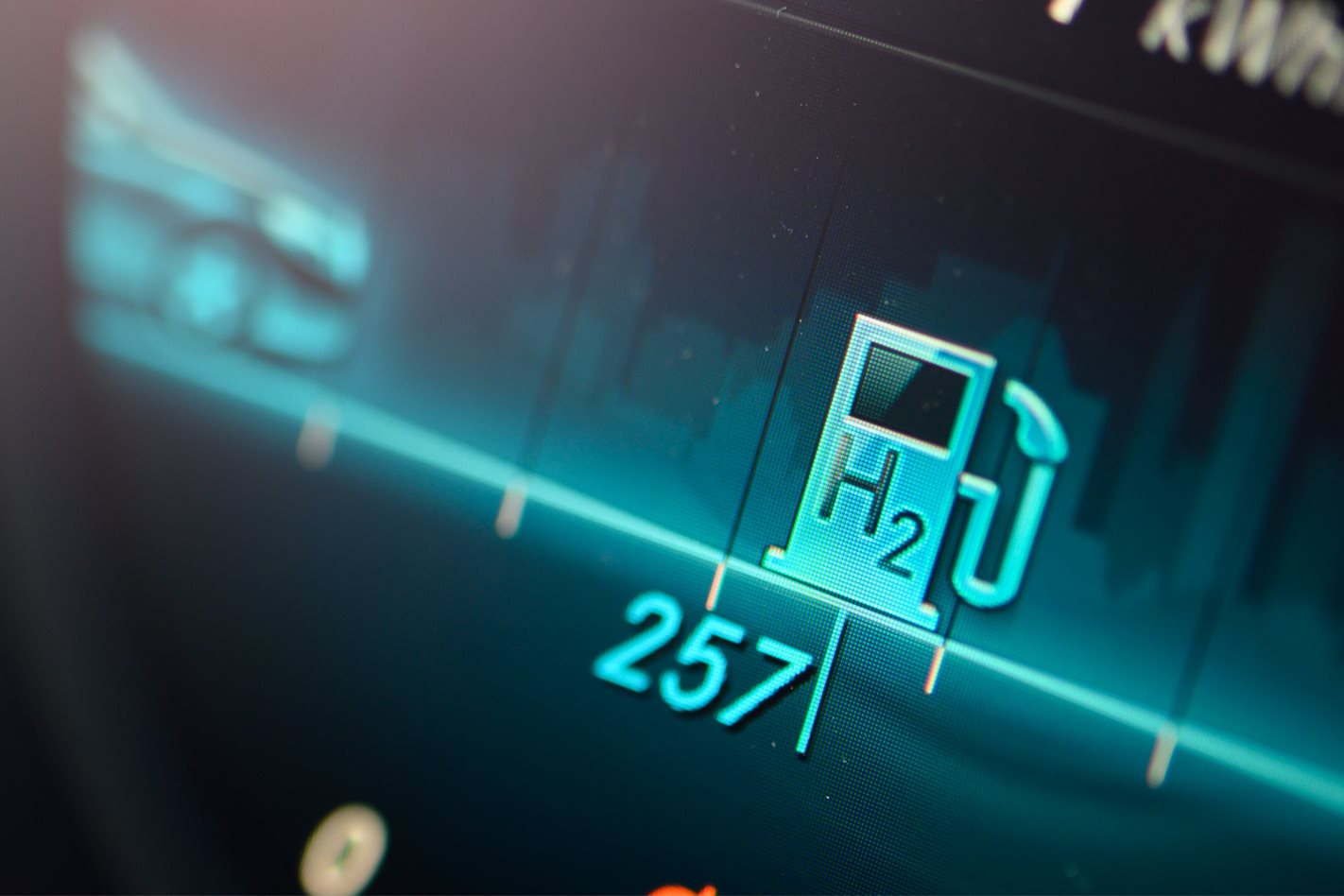
A massive federal government investment into national hydrogen industries could enable Australia to leapfrog Europe, Japan and South Korea as the world’s clean hydrogen authority and a fuel-cell transport leader by 2030.
The $300 million Advancing Hydrogen Fund has been announced to primarily boost production and exports of the gas, but the government’s most significant hydrogen handout to date is available to finance any projects that align with the National Hydrogen Strategy.
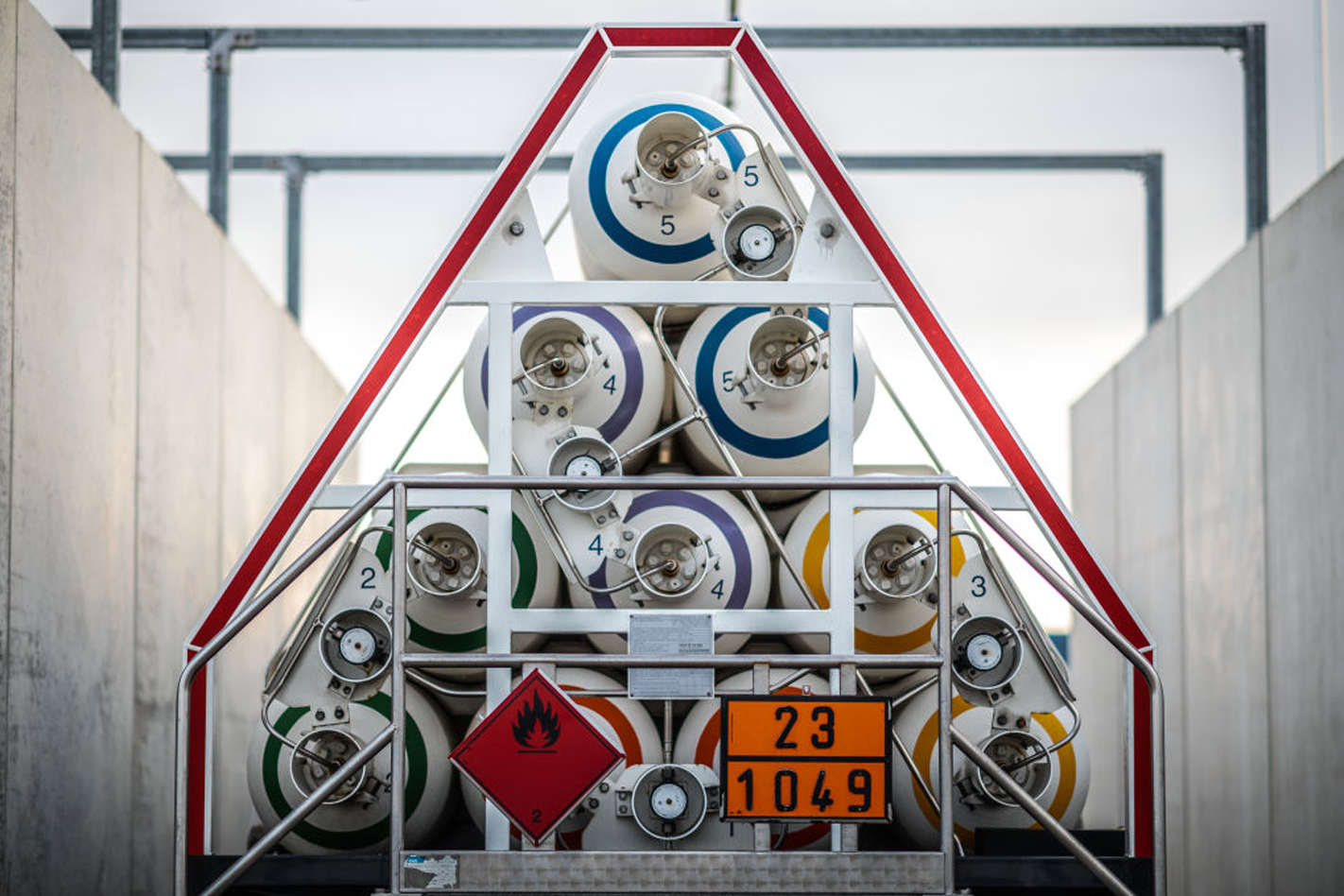
That adaptive strategy aims to support technology and businesses that provide demand for hydrogen produced in Australia, including the infrastructure necessary for widespread fuel-cell-powered vehicles, as well as its large-scale production using renewable and clean resources.
Australia is already well equipped to rapidly morph into a global hydrogen heavy-hitter with a thriving liquid natural gas production and export industry that lays a solid foundation for hydrogen handling.
But the nation is also already one of the world’s largest hydrogen producers. The key difference with the government’s latest funding and initiative is that it’s intended to fund the transition to a clean hydrogen industry – zero-carbon hydrogen is both marketable and perfect for transport.
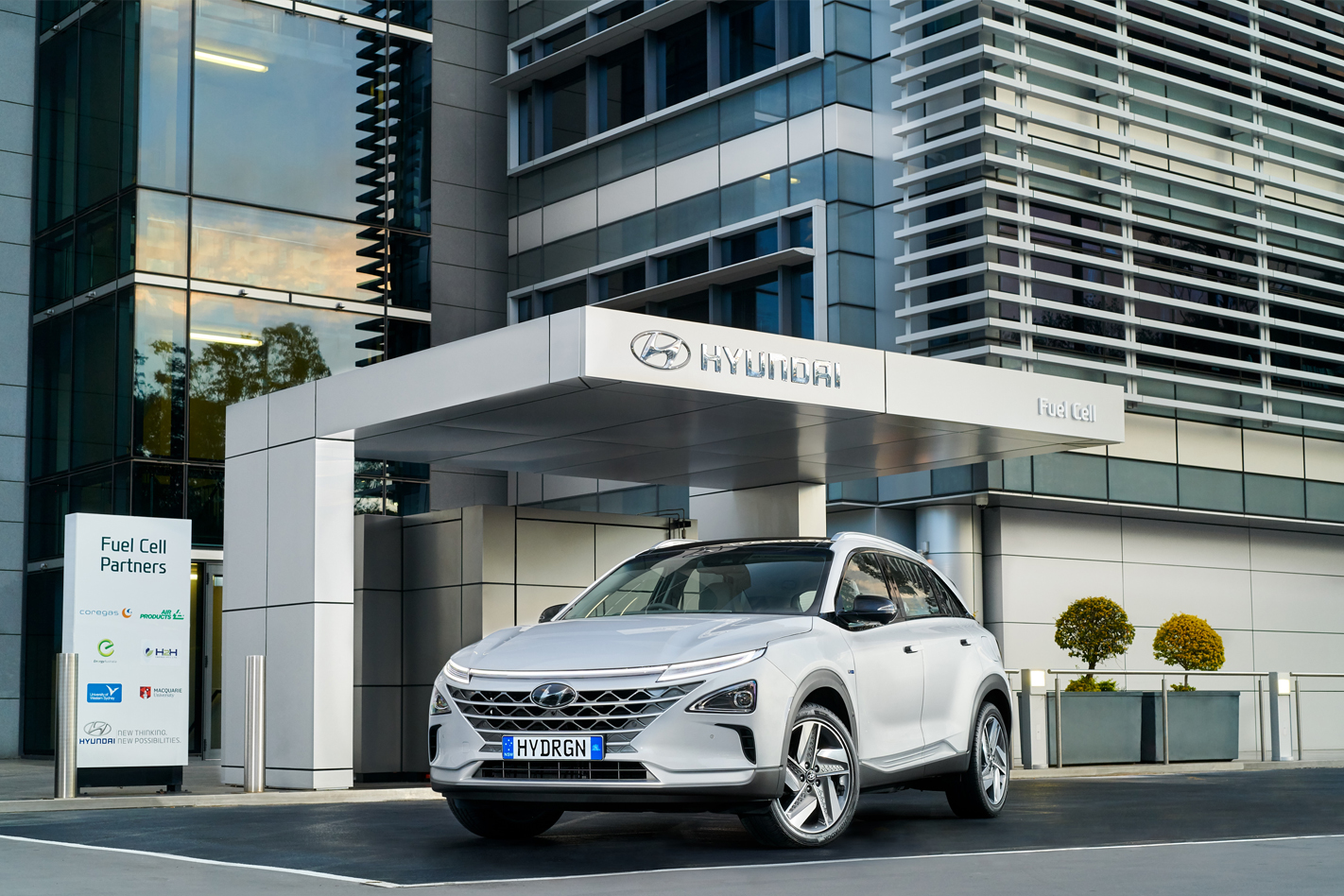
Hyundai Future Mobility and Government Relations senior manager and Australian Hydrogen Council director Scott Nargar explained how the latest investment had enormous potential to elevate Australia’s hydrogen status.
“Definitely, the world is looking for Australia to be a leader here. The work we’ve done and the conversations we’ve had around the world with different parties, we’ve got the best assets and resources in the world to do this,” he said.
“Across states and territories, everyone is looking at the opportunity for hydrogen and this money pushes that along, generates jobs, generates exports and establishes Australia as an eco powerhouse for the future.”
With large-scale production from solar and wind power, Australian-made hydrogen has numerous advantages. Initially, the energy is very attractive to other nations looking to reduce overall carbon emissions and a source of revenue as mining and traditional mineral exports wind down over the coming decades.
“Our neighbours around the Asia Pacific region are transitioning their transport and energy options to something cleaner and greener,” said Nargar.
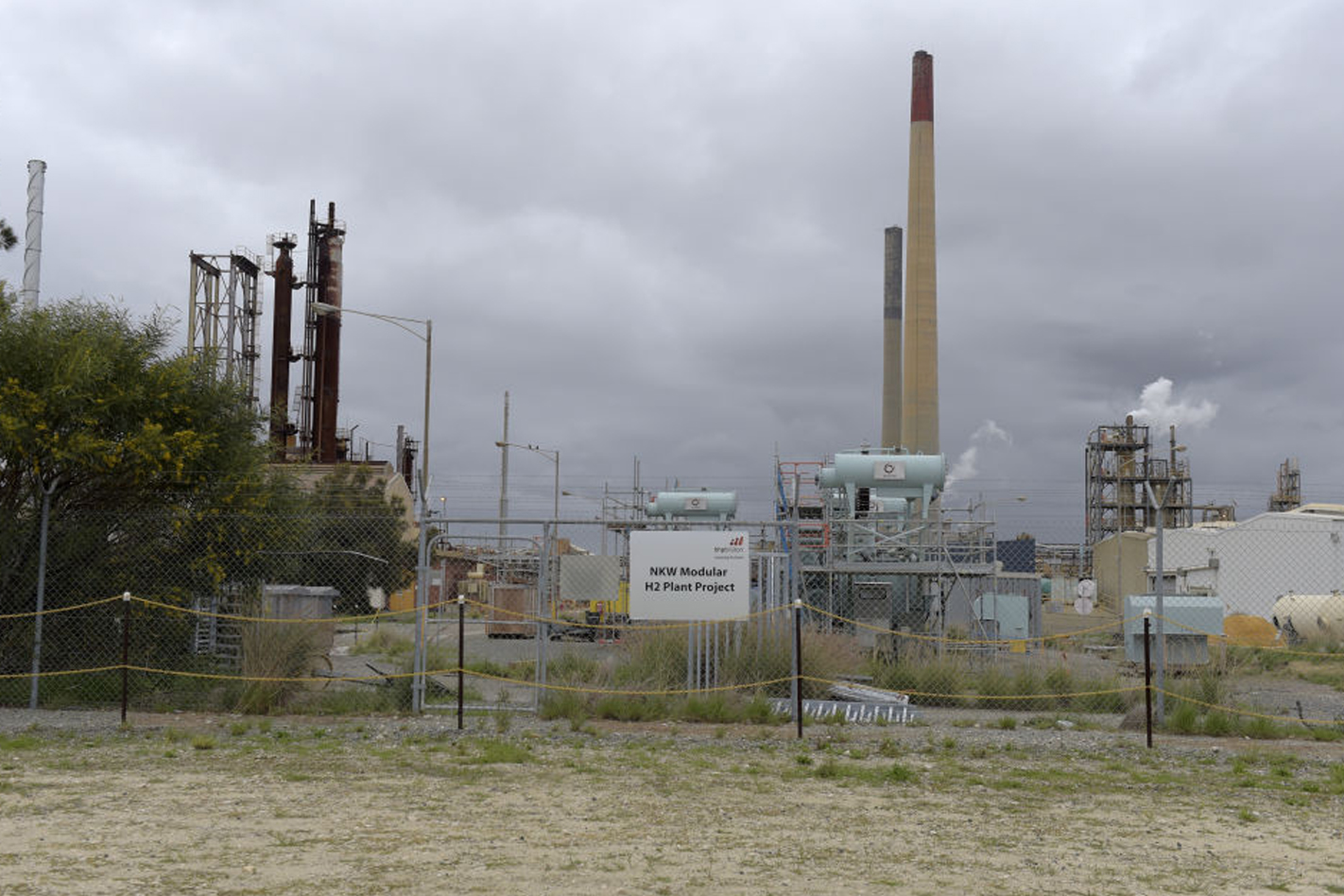
“People aren’t asking to buy dirty hydrogen, they want clean hydrogen but for that you need space. You need solar or wind resources and there’s nowhere better than Australia.”
Ultimately, though, the clean energy source would be readily available to fuel a fleet of fuel-cell cars on local roads, and recent government strategies paint a very promising picture for transport too.
A recent ‘H2 under 2’ target to reduce the cost of hydrogen production to about $2.00 per kilogram would present an incredibly cheap way to fuel a private light vehicle such as Hyundai’s Nexo.
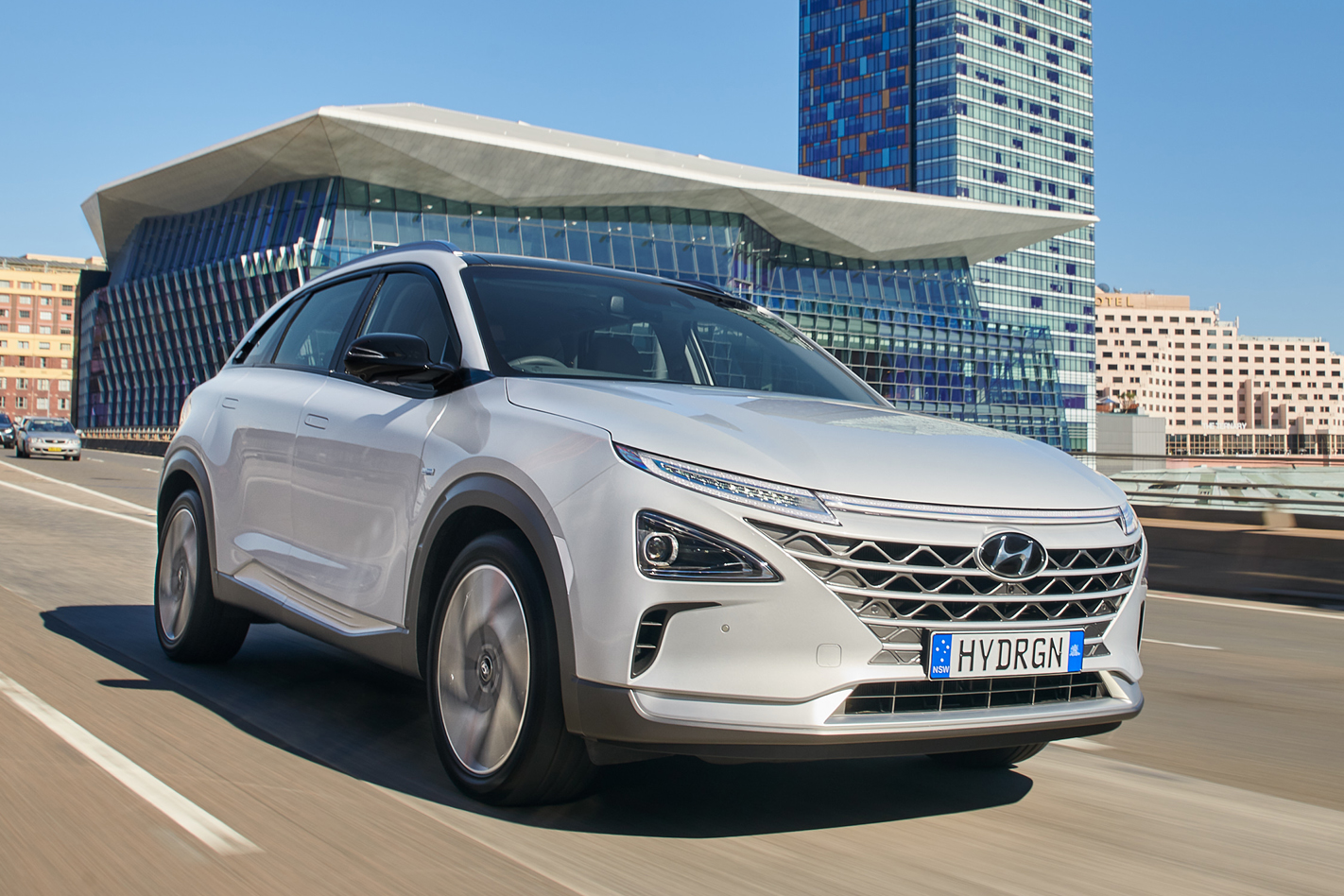
If Australians were charged $5.00 per kilo at the pump, filling the Nexo’s high-pressure tank would cost just $30 – enough to travel 666km, says its manufacturer.
But hydrogen-powered cars need places to refuel – and Australia’s current infrastructure is essentially nonexistent. However, a number of fuel-cell servos are already under construction and the government funding will spark more, says Nargar.
“People who are doing power-to-grid applications, they’re coming to us and our competitor (Toyota) and saying ‘we’re looking at a hydrogen station off the back of what we’re injecting into the grid; it’s a great opportunity to show off the technology when will vehicles be available?’”, said Nargar.
Refuelling stations will soon go live in Western Australia, western Sydney, Canberra, Brisbane and Melbourne, while Hyundai is “looking to deploy vehicles with some of our biggest partners in the government and industry”, according to Nargar.
“Most of these projects are in association with local and state governments – the first thing they say is, what’s going to benefit us is lowering our emissions within our fleet … if they’re investing in a project which is manufacturing hydrogen it’s natural to look at a station option for that area,” he said.
As more organisations jump on the zero-emissions bandwagon and look to fill fleets with cars including the Hyundai Nexo and possibly Toyota’s Mirai, you can expect the number of refuelling options to grow with it.
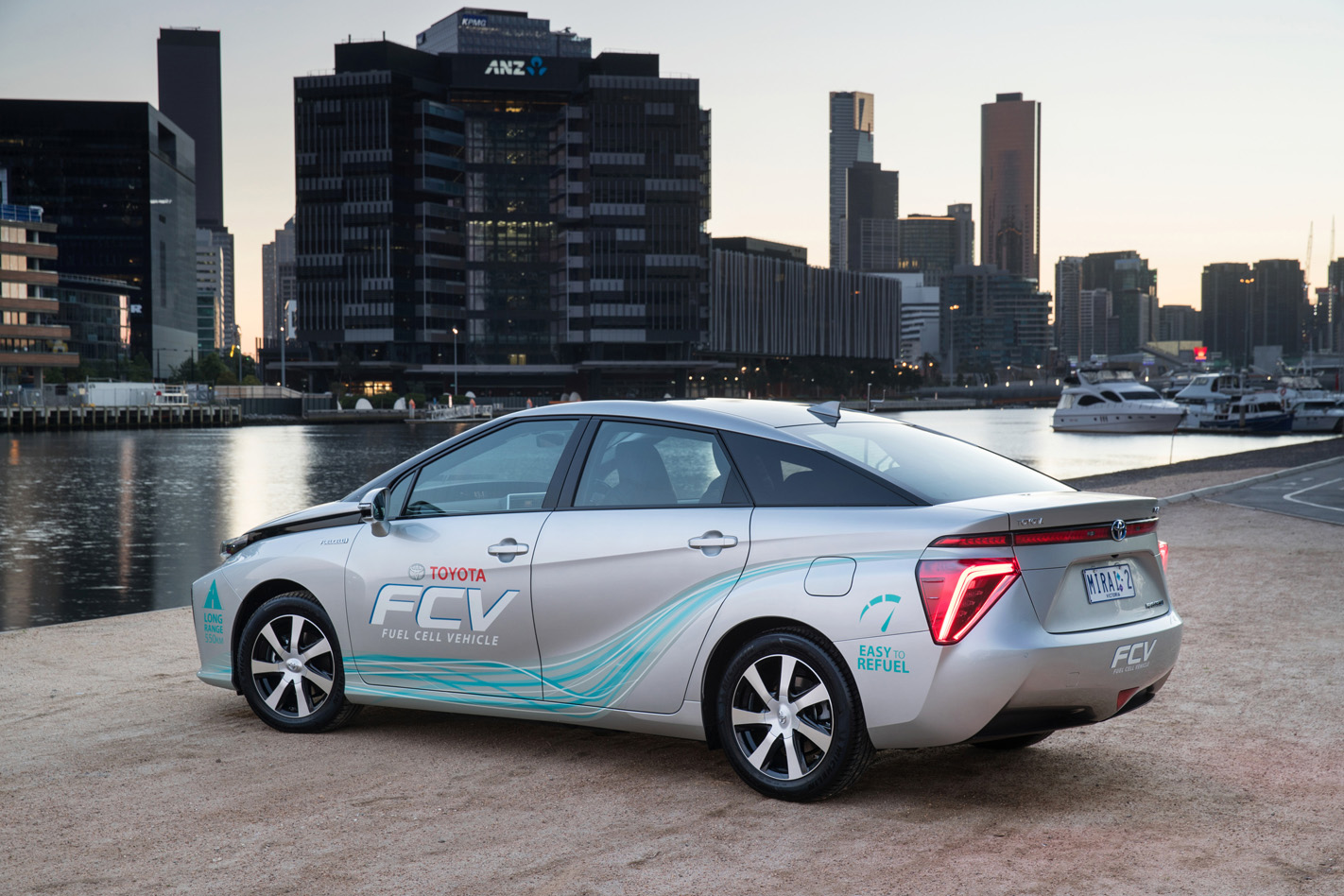
“We’re getting a lot of enquiries and progressing negotiations with multiple government and non-government customers for the future. We’re really excited about the level of interest so we congratulate the government on their investment into the industry. It’s been a long road to get the conversation to this point,” said Nargar
The $300 million allocation follows a recent $70 million Renewable Hydrogen Development Funding Round administered by the Australian Renewable Energy Agency.




